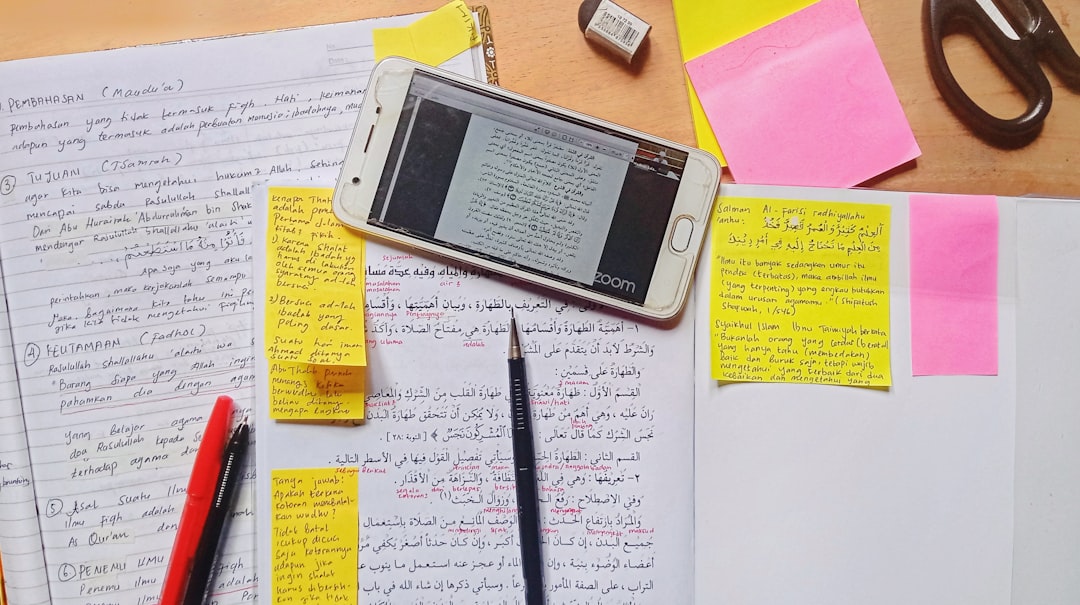Writing with ChatGPT can be a lot of fun. Fast, easy, and it helps you escape writer’s block. But if you’re doing longer work—reports, guides, even books—you’ll want your writing to stay consistent. That means using the same voice, format, and tone from start to finish. Let’s explore how to do that, without making your head spin.
TLDR:
Maintaining style and structure with ChatGPT is all about giving it clear instructions. Start with a strong template. Remind the AI what tone, voice, and structure to use throughout. Save and reuse prompts for consistency. Easy, right?
Why Consistency Matters
Imagine reading a book that starts like Shakespeare and ends like a tweet. Weird, right? When you’re using ChatGPT, it’s easy to get different styles if you don’t guide it. Consistency makes your work easier to read and more professional.
Step 1: Define Your Style First
Before you type to ChatGPT, ask yourself:
- Who is my audience?
- Do I want it to sound funny, formal, or casual?
- Should it use short sentences or long ones?
Once you know your style, write a short note at the top of your prompt. Something like:
Write in a friendly, conversational tone using short sentences. The audience is beginners. Use simple words and no tech jargon.
This helps ChatGPT lock into the tone you want right from the start.
Step 2: Pick a Structure and Stick to It
Documents come in all shapes—Q&A, lists, essays, tutorials. Choose a format and start your first request using that mold. For example:
Write a 5-step tutorial on how to bake cookies. Use headings for each step and list items under each.
After that, keep requesting content that follows that shape. Don’t suddenly switch to paragraphs without headings or use different vocabulary for similar things.
Structure is like rhythm in music—when it’s off, people notice.

Step 3: Reuse Prompts
Don’t reinvent the wheel every time you chat with ChatGPT. Save a copy of your best prompts that worked well. You can build a little “Prompt Template Bank.”
For example:
Prompt: “Write a professional email to a client. Use a polite tone, bullet points if needed, and always end with a call to action.”
Whenever you need to write a similar email, grab that prompt again—and boom, the same style comes out.
Step 4: Remind ChatGPT Mid-Project
Let’s say you’re halfway through a long report. You come back tomorrow. Now ChatGPT may “forget” your tone or structure. That’s normal! It doesn’t “remember” unless you remind it.
Before you type your next prompt, type this:
Reminder: Use the same informal tone and bullet-point format as in the earlier sections.
It’s like giving your smart assistant a little nudge: “Hey, remember what we were doing?”
Step 5: Use Examples
AI learns fast with examples. Grab a piece of writing you like and say:
Use this style as a guide:
“Welcome to our travel blog! We bring you quick tips and fun facts from around the world. Let’s explore together!”
Now ChatGPT knows what vibe you want. It’ll copy the tone and rhythm. That works great for articles, product descriptions, and social posts.
Step 6: Control Vocabulary
Have you ever noticed ChatGPT saying “awesome” in one section and “splendid” in another? It mixes vocab a lot. So if you want to sound consistent, make a word list.
Tell ChatGPT:
Only use words like: awesome, great, helpful. Avoid using words like: splendid, phenomenal, or exquisite.
Just like that, your voice stays steady. You can also say what words to repeat—for example, always call your product a “phone case” and not “accessory.”

Step 7: Use Formatting Tricks
Consistent formatting is a magic trick for better-looking documents. Use HTML or markdown for:
- Bold headers
- Italic highlights
- Lists, both numbered and bullet
- Blockquotes to show references or notes
In your prompt, say:
Use HTML formatting. Add bold tags for headers and italic for examples.
Now everything lines up nicely, like cutlery in a drawer.
Step 8: Use Outlines – Your Secret Weapon
Outlines aren’t just for school. They’re perfect for telling ChatGPT what’s coming up.
Start like this:
Here’s the structure:
1. Intro
2. Quick tips
3. Examples
4. Summary
Now write section 1.
Then go section-by-section, saying:
Now write section 2. Remember the tone and format from section 1.
It keeps the whole piece in shape. Like building a Lego castle one brick at a time.
When Things Go Off-Track
Sometimes ChatGPT drifts. Maybe it adds too many jokes, or uses longer words than you like. What now? Just say:
Can you rewrite that section with shorter sentences and fewer jokes? Stay more formal.
That gives it room to fix the part without trashing everything else.
Final Tip: Review and Edit
ChatGPT is helpful, but it’s not perfect. Give it a final read. Say:
Can you check this for consistency in tone and formatting? Make all headings bold and use short sentences throughout.
Even better—read it yourself. If something “feels” off, it probably is.
Wrapping It All Up
Keeping your ChatGPT content consistent is easier than it sounds. Define your style, set the structure, and remind the AI as you go. Use prompts like puzzle pieces, fitting together one section at a time.
Quick Recap:
- Create a style guide with tone, vocabulary, and audience info.
- Stick to one format per document.
- Use the same wording and prompts for repeated tasks.
- Break long stuff into chunks and remind ChatGPT at each step.
With these tricks, you’ll go from scattered notes to polished documents people love to read. Just hit “send” and let your new AI assistant shine—consistently!
